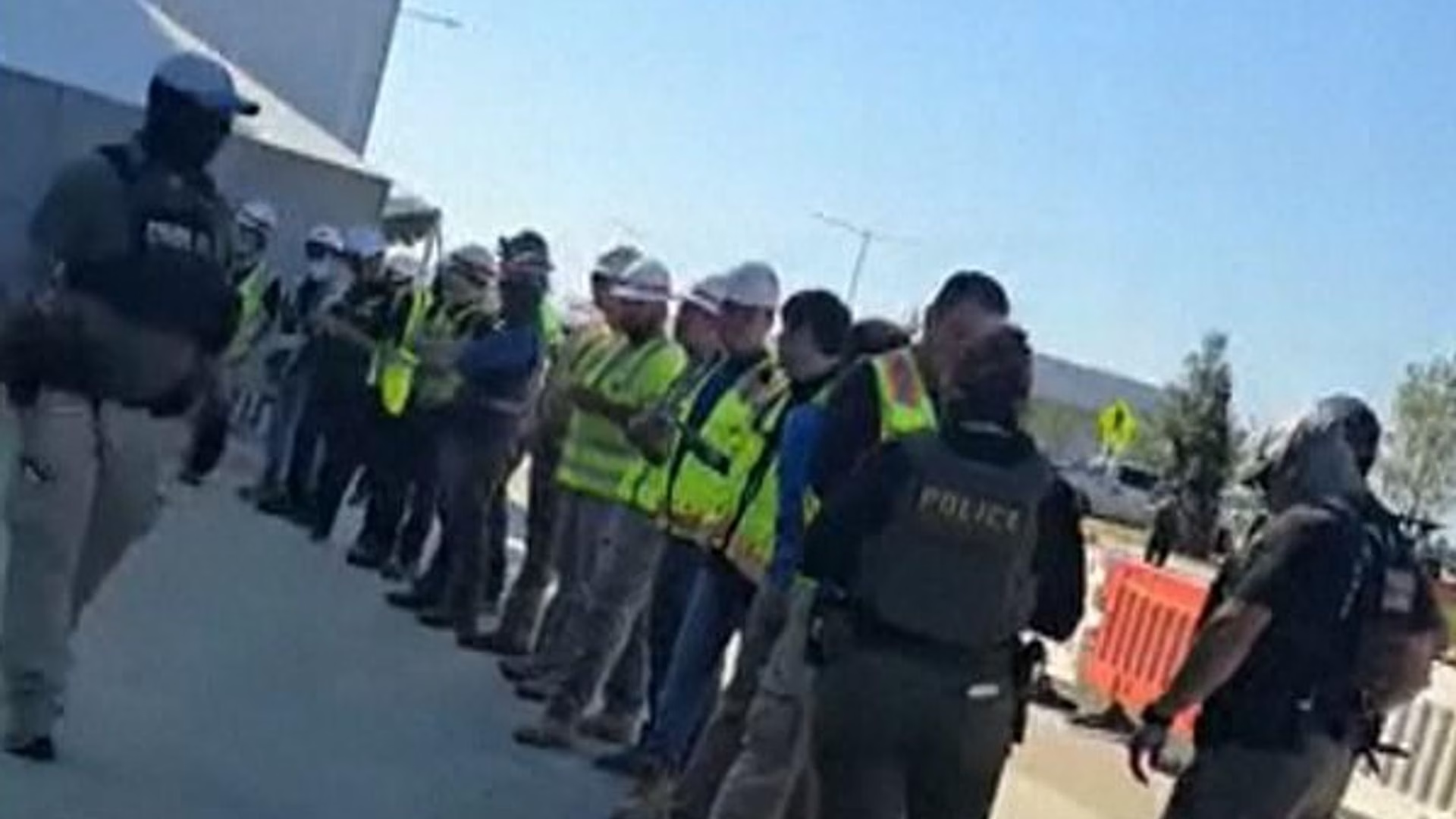
Kyiv, Ukraine – Heavy thuds that resemble fast hip-hop beats fill the night air when MIM-104 Patriots, air defence systems made in the United States, get to work.
Each Patriot surface-to-air launcher can shoot up to 32 missiles within seconds – and hit Russian ballistic missiles closing in on their targets.
list 1 of 4
Sleeplessness, death, destruction: Russian attacks torment Kyiv
list 2 of 4
Zelenskyy nominates Yulia Svyrydenko as new Ukraine PM
list 3 of 4
Trump threatens Russia with ‘severe’ tariffs, announces Ukraine arms deal
list 4 of 4
Trump announces new weapons for Ukraine, threatens tariffs on Russia
end of list
The missiles fly at supersonic speeds, and the collision triggers a bright, split-second blast followed by a thunderous shock-wave.
“That’s the kind of explosion that makes me feel safe,” Ihor Lysenko, a 17-year-old in the capital Kyiv told Al Jazeera. He believes that the “technology is pretty reliable”.
The Patriots were developed in the 1970s to down Soviet missiles. Kyiv first received them in April 2023 from Washington and several of its Western European allies.
Within weeks, they had intercepted Russia’s Kinzhal (Dagger) intercontinental ballistic missiles, which are launched from fighter jets at more than 12km (7.5 miles) above the ground.
The Kinzhals mostly fly in the Earth’s stratosphere to maintain their speed, which, according to Russian President Vladimir Putin, is 10 times faster than the speed of sound, which he said makes any Western air defence system “useless”.
But in the past two years, about 10 Patriot systems in Ukraine – the exact number is a state secret – stationed in Kyiv and the southern port of Odesa have downed dozens more Kinzhals – along with other cruise and ballistic missiles, including North Korean ones; fighter jets; helicopters; and attack drones.
Advertisement
The latter is similar to hammering a nail with an electronic microscope – a Patriot missile is priced at several million dollars while Russian drones cost 100 times less.
The Patriots are, however, not 100 percent efficient.
During a late April attack on Kyiv, a Russian missile razed a two-storey apartment building, killing 12 people and wounding 87, gouging out windows and damaging roofs in dozens of buildings nearby.
On Sunday, US President Donald Trump announced that he would supply Kyiv with more Patriots – by selling them to Washington’s NATO allies who would pass them on to Ukraine.
“We will send them Patriots, which they desperately need,” Trump told reporters. “Putin really surprised a lot of people. He talks nice, and then he bombs everybody in the evening.”
On Monday, Trump specified the number of systems – 17 – during a meeting with NATO Secretary-General Mark Rutte.
“It’s everything. It’s Patriots. It’s all of them. It’s a full complement with the batteries,” Trump said.
He referred to an unnamed Western nation that had the “17 Patriots ready to be shipped”.
Days earlier, German Chancellor Friedrich Merz said Berlin was ready to acquire additional Patriot systems.
The new Patriots that will be deployed to large Ukrainian cities will definitely lower the lethality of Russian air raids, but won’t cross any “red lines” for Putin, a Kyiv-based analyst said.
“Russia occasionally cried about red lines when it came to long-range weaponry for strikes on Russia,” Volodymyr Fesenko, head of the Penta think tank, told Al Jazeera. “There are no red lines with Patriots.”
However, the new Patriots won’t solve Ukraine’s problems with Russian air raids.
“The problem is not just about the Patriots,” Fesenko said. “We don’t just need the Patriots to fight ballistic missiles. Now Russia’s main strike weapon is drones. They cause most of the damage.”
Most damage and deaths are caused by attack drones that fly in swarms of hundreds at heights of up to 5km (3 miles) and cannot be hit by Ukraine’s own air defence systems or mobile air defence teams armed with machineguns.
Ukraine needs up to 25 more Patriot systems to cover its key urban areas, according to Lieutenant General Ihor Romanenko, former deputy head of the Ukrainian military’s General Staff.
While the details about the new Patriots’ arrival are unknown, some observers said the purpose of Trump’s pledge is clear.
“He does that to support his image that has been tarnished domestically and internationally,” Romanenko told Al Jazeera.
Advertisement
And what Ukraine needs the most is drone interceptors that can fly up to 500 kilometres per hour (310 miles per hour) as Moscow equips new generations of its unmanned vehicles with jet engines, he said.
“The quantity is what matters. If they launch more than 700 [drones per attack], if they are capable of upping it to 1,000, then we need hundreds of interceptors,” Romanenko said.
Moscow scrupulously analyses the routes of its drone swarms and frequently changes them to avoid interception, so Kyiv needs light planes with electronic jamming, helicopters and air defence systems that can down aerodynamic targets, he said.
On Saturday, the Ukrainian air force said the newly supplied, German-made Skynex air defence system shot down six Russian-made Geran drones.
The Skynex has a 35mm automatic cannon that fires up to 1,000 rounds per minute and uses programmable ammunition that detonates near its targets, releasing a cloud of projectiles.
However, there are only two Skynex systems in Ukraine, and there are no details about further supplies.
Ukraine’s Ministry of Defence has been slow to develop drone interceptors so far, an expert said.
“Everything is on an amateur level,” Andrey Pronin, one of the pioneers of Ukrainian drone warfare who runs a school for drone pilots in Kyiv, told Al Jazeera.
He said he was part of a team that developed an interceptor drone capable of catching up to Russian loitering munitions.
But even though the interceptor was battle-tested, Ukraine’s Defence Ministry didn’t show any interest, he said.
“The ministry is such a hole. Things haven’t moved at all,” he said.
British Caribbean News

